A late medieval manuscript containing an Irish translation of Ibn Sina’s Canon of Medicine has been found hidden in the binding of a 16th century book, according to The Guardian.
This remarkable discovery casts new light on the degree of connectivity between medieval Irish scholarship and scientific developments across the rest of Europe and the Middle East.
The manuscript was found inside the binding of a Latin administrative manual, published in Cornwall in the 1530s. In this period, bookbinders often used old pieces of parchment or vellum as scrap material when creating the bindings for new books.
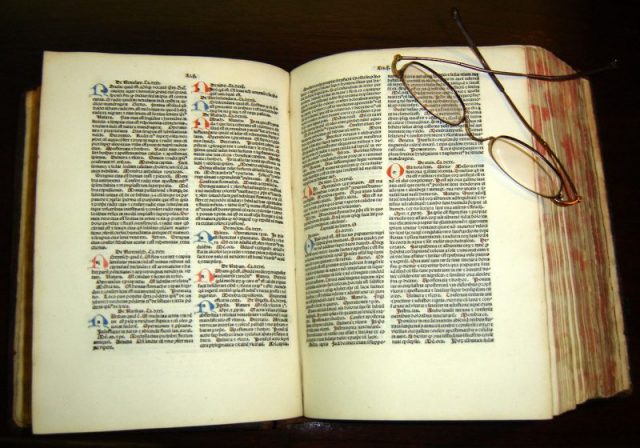
It seems that this important medieval manuscript was cut down to size, folded and stitched into the spine of the 16th century book, acting as a support for the binding.
The book has been in the possession of the same family in Cornwall for almost 500 years, but it was not until they noticed the unusual binding that the Irish manuscript was discovered.
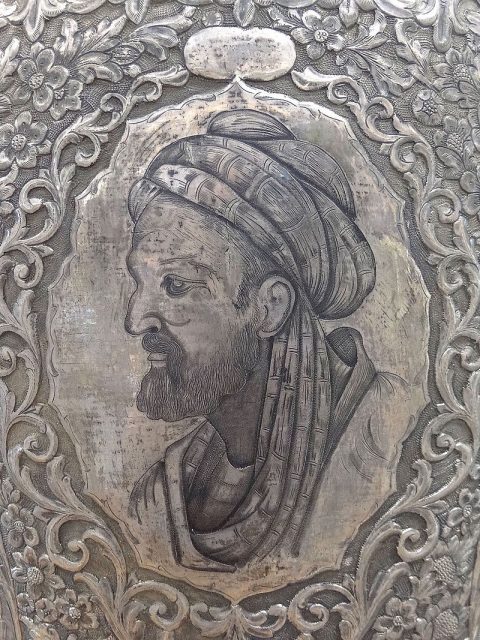
They photographed the vellum fragments and sent them to Professor Pádraig Ó Macháin, an expert on Irish manuscript tradition at the University of Cork.
He immediately realized that the manuscript was particularly significant, describing the discovery as a hugely exciting moment, writes The Guardian.
Professor Aoibheann Nic Dhonnchadha, of the Dublin Institute for Advanced Studies, analyzed the text and confirmed that the document was a partial fragment of an Irish translation of Ibn Sina’s seminal work on medieval Islamic medicine.
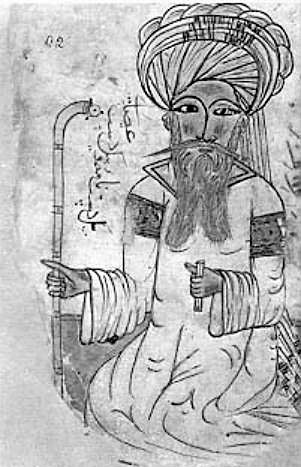
Although there are references to Ibn Sina in some medieval Irish texts, no other surviving translations of his works into Irish have survived, and until now, it was not known for certain how far his ideas had penetrated into medieval Irish science and medicine.
Ibn Sina, otherwise known as Avicenna, was one of the most famous scholars of the medieval Islamic world. Born in c.980 in Bukhara, in modern-day Uzbekistan, he emerged as an incredibly influential philosopher, astronomer and physician of the Islamic Golden Age, and is widely regarded as one of the founders of modern medicine.
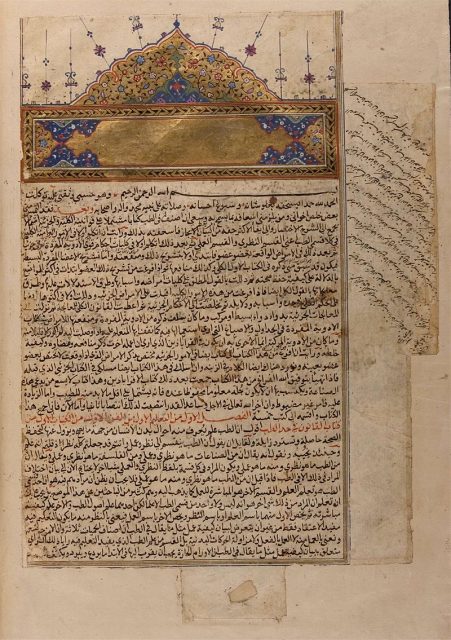
His monumental encyclopedia, the Canon of Medicine, was a highly popular text and was translated into multiple languages and disseminated across Europe in the medieval period. It represented a synthesis of medical knowledge from Greco-Roman, Persian and Indian sources, and remained the most popular medical textbook in Europe until the 18th century.
Related Video: 24 Ultimate Shakespeare Insults and Putdowns
The Irish manuscript contains just a few tantalizing fragments of the five-volume encyclopedia, including the preface, table of contents, and an early section on the physiology of the nose, jaw and throat. However, this was sufficient for Professor Dhonnchadha to identify the source, and according to The Guardian, indicates that it seems to have come from a full translation of this colossal work into Gaelic, written down at some point in the 15th century.
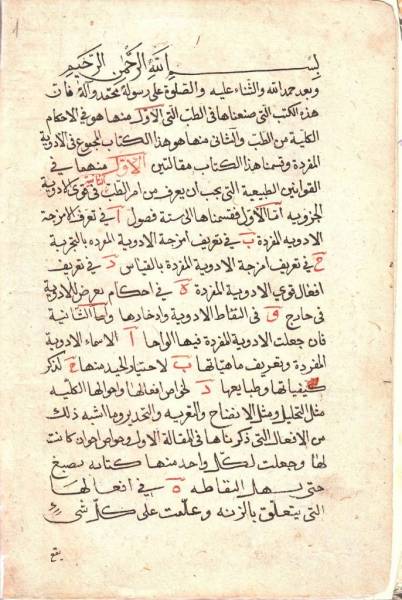
Scholars have long believed that late medieval Ireland had a vibrant intellectual and scientific culture, and according to Professor Ó Macháin, around one quarter of the surviving manuscripts from this period contain medical content.
However, much of the evidence of this important Gaelic tradition was lost in the 16th century conquest of Ireland by the English, when many important Gaelic manuscripts were destroyed.
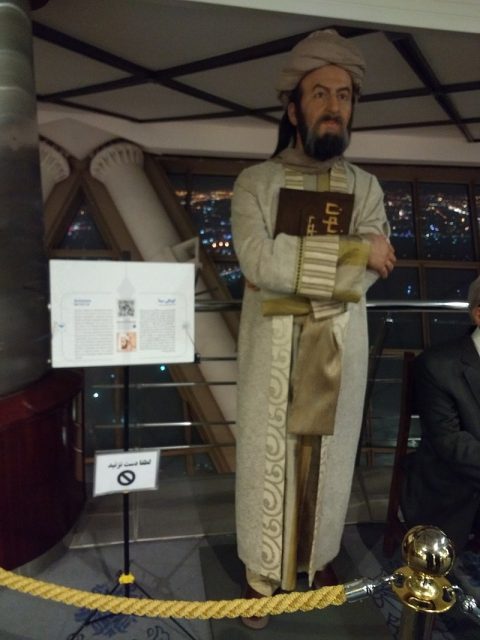
This discovery sheds light on Irish science and learning, and demonstrates the far-reaching connections between medieval Ireland and the Islamic world. Medieval Irish scholars operated in an intellectual sphere that extended from the Middle East to the furthest extremities of Western Europe.
This contradicts the pervasive myth that later medieval Ireland was remote and isolated. Rather, Irish scholars were connected to intellectual and scientific developments beyond their borders and successfully integrated new knowledge into their own existing traditions.
Read another story from us: Hair-Raising Medieval Curses that Protected Books from Plunder
The binding has been removed and fully digitized, and can now be seen on the Irish Script on Screen website. It is hoped that further analysis of the text will reveal even more details about this exciting period in the history of medieval Irish science and learning.
